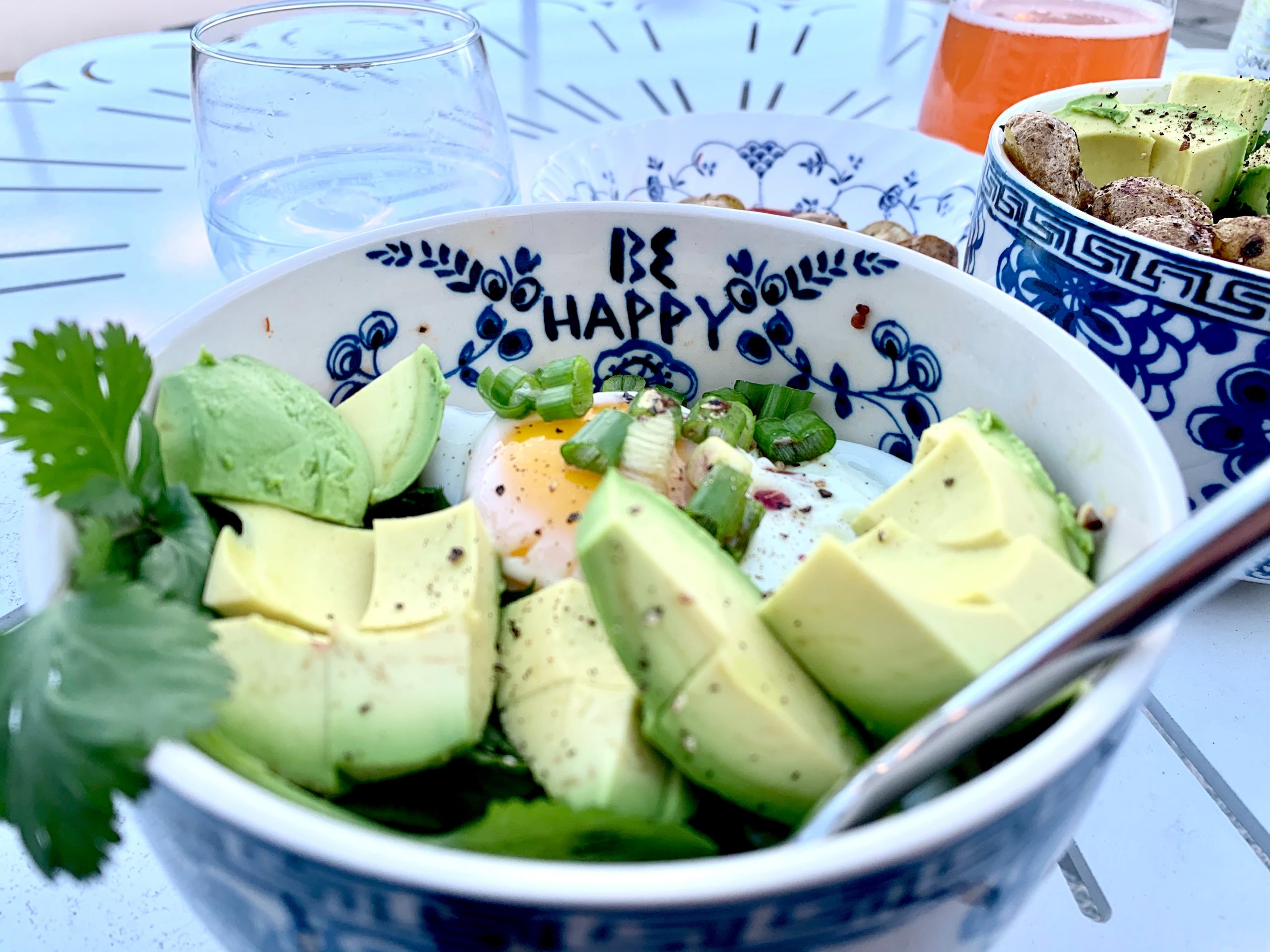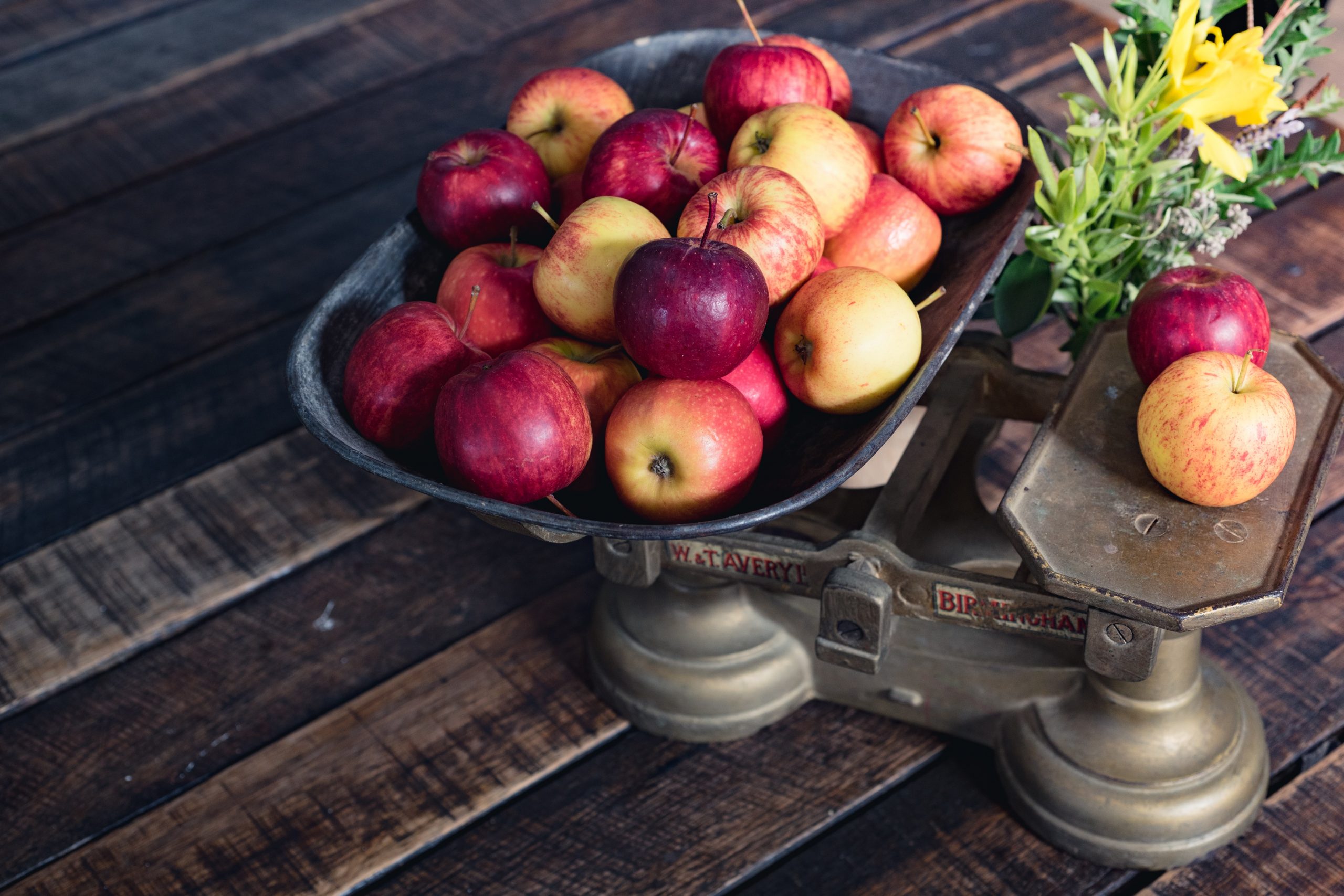Heart Research UK Healthy Heart Tip, written by Dr Helen Flaherty, Head of Health Promotion at Heart Research UK

Control your portions!
If you need to lose weight, it is important to think about the quantity of food you are eating as well as the types of food and drink you choose. Food portions tend to be larger today than they were thirty years ago and this is contributing to weight gain. Controlling your portion sizes doesn’t mean you have to go hungry. We can provide you with some tips to control your portion sizes and achieve a healthy weight.
Weigh your portions
Check food labels for recommended portion sizes and make sure you weigh out the correct amount. If you are following a recipe, weigh out the ingredients correctly and take note of how many people the recipe serves. You can adapt recipes according to the number of people you are cooking to avoid having too much food. You can access more information about portion sizes from the British Nutrition Foundation: https://www.nutrition.org.uk/healthyliving/find-your-
balance/portionwise.html
Eat slowly
If you eat quickly, it is easy to overeat. By eating more slowly, you allow time for your brain to recognise when you are full. If you still feel hungry after eating a meal, don’t be tempted to reach for the snacks. Wait twenty minutes after a meal for your food to settle. If you are still hungry after that time, try eating some fruit.
Use smaller plates or bowls
If you serve meals onto a large plate or bowl, you may find that you are serving portions that are too large. Try using a smaller plate or bowl for your meals and you should still feel satisfied.
Measure your waistline
Your waist circumference is an indicator of your risk of developing some serious health conditions, including heart disease. People who carry too much fat around their middle have a higher risk of developing heart disease, however, this risk can be reduced by losing weight.
What is a healthy waistline?
A healthy waistline for men is anything below 94cm (37 inches) and anything below 80cm (31.5 inches) for women. You are at a high risk if your waist circumference is 102cm (40 inches) or over for men or 88cm (34.6 inches) or over for women.
If you are a man from African Caribbean, South Asian, Chinese or Japanese origin, a healthy waist circumference is anything below 90cm (35.4 inches).
How to measure your waist circumference
Checking your waist circumference will help you to identify whether you are carrying too much fat around your middle. To measure your waist, you first need to find the bone at the top of your hip and your bottom rib. You need to wrap a tape measure around your middle at the centre of these two points. You need to relax and breathe out when the measurement is taken. Ensure the tape measure is touching your skin, but not pulled too tightly. You can repeat the measure two more times and take the average.
Maintain a healthy waistline
If your waist circumference is within the healthy range, this is great news. You should keep an eye on your waist circumference by measuring it from time to time. If your waist circumference is above the healthy range, you should try to lose weight. We gain weight when we eat more calories than we use up. By eating less and getting more physical activity, you should see your weight and your waistline reduce. You can get help to lose weight by following the NHS 12-week weight loss plan: https://www.nhs.uk/live-well/healthy-weight/start-the-nhs-weight-loss-plan/
Avoid supersize portions
When buying food, avoid being tempted by offers of supersize portions or discounts for buying in bulk on less healthy food and drinks. These offers can tempt you into buying more than you need, which can lead to you eating more than you need.
Turn off the TV
Try eating your meals and snacks away from the TV as this can lead to overeating because you are not thinking about your food.



